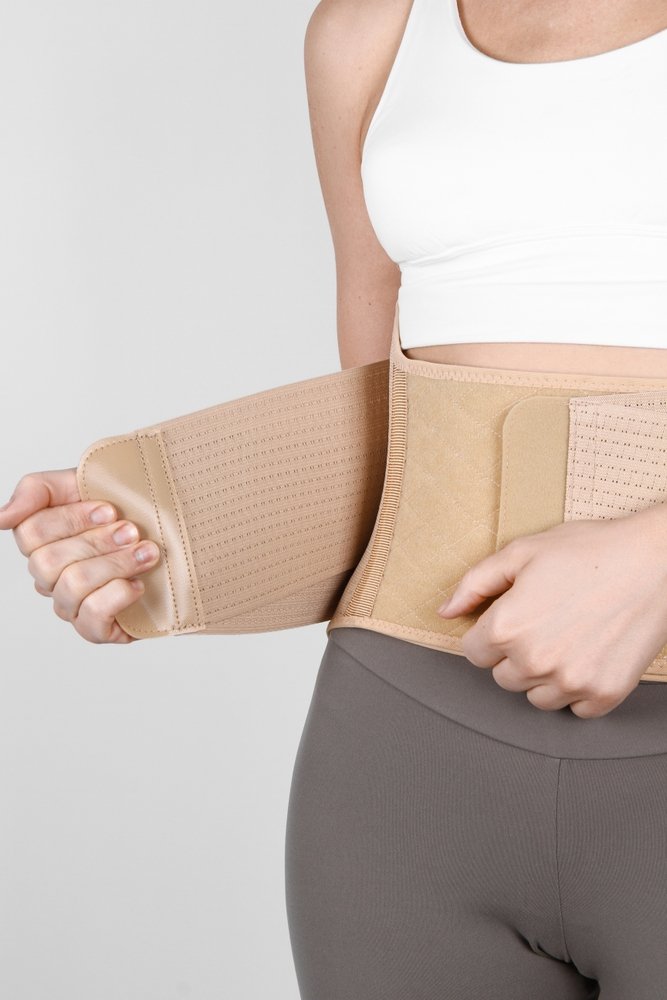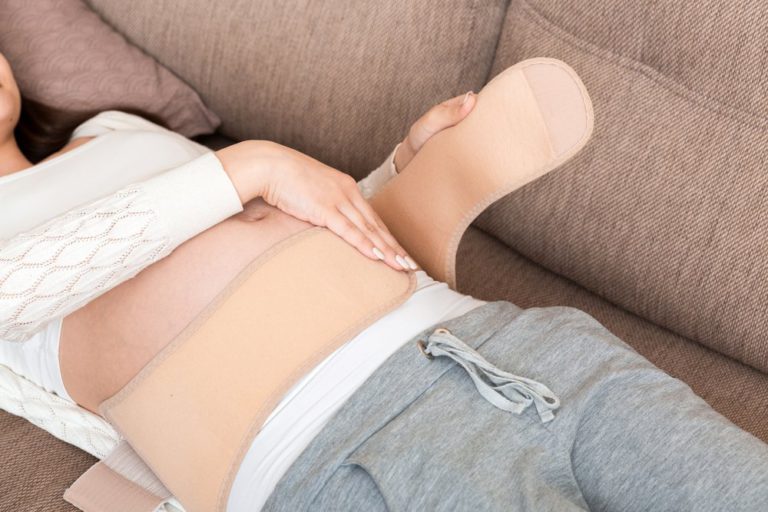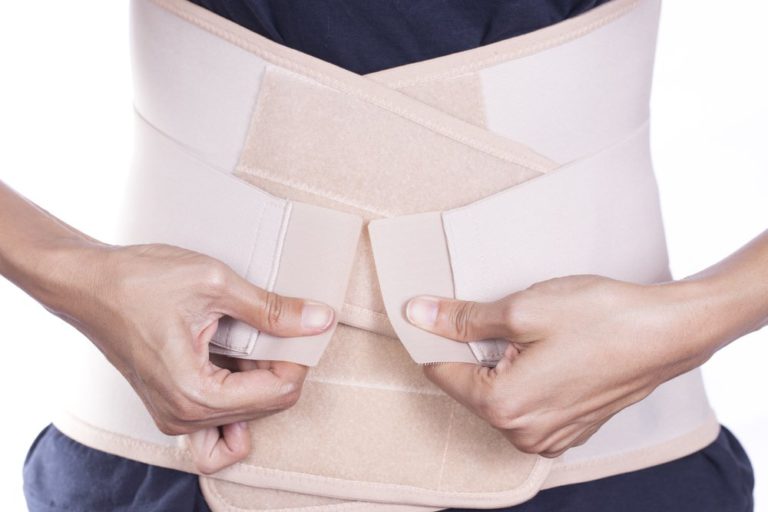If you’re having a tummy tuck soon, you probably already know that you’ll need to wear a compression garment afterward. The faja should be worn weeks after surgery, which leads many to wonder – when can I stop wearing my faja after a tummy tuck? We’ve answered that in the text below, so be sure to keep reading. Check out our designed faja at Navanah that not only provides comfort but also aids in optimal recovery. Ensure you’re equipped with the best for a seamless healing process.
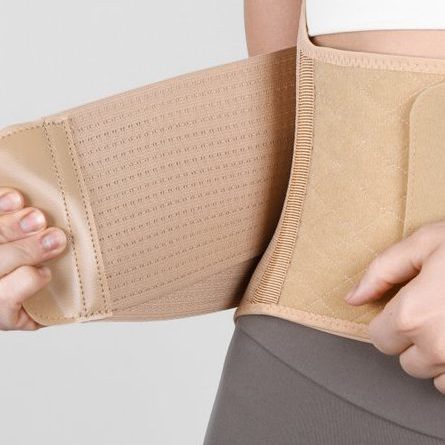
What Is the Purpose of a Faja?
Faja is an elastic compression garment that is designed to keep the midsection of your body stable and supported during the recovery phase after plastic surgery. Fajas reduce swelling and pain, making the recovery period go smoothly and quickly.
They ensure your skin stays in the right place and reduce the risk of scarring or keloid formation. Fajas help with circulation, which means they also help prevent blood clots after surgery. Considering that they cover surgical incisions, they also play a role in preventing infections.
Typical Timeline for Wearing a Faja After a Tummy Tuck
Every patient is different, which means that your doctor will have to take an individual approach with you – however, on average, fajas are worn 4-6 weeks after surgery. Let’s take a look at what you can expect from each stage of recovery.
Importance of Wearing Faja in Weeks 1-2
In the first two weeks post-op, you’ll need a stage 1 faja to help you with swelling and pain. This is when the swelling is most intense, and wearing a faja is crucial not only for your comfort but also for your health.
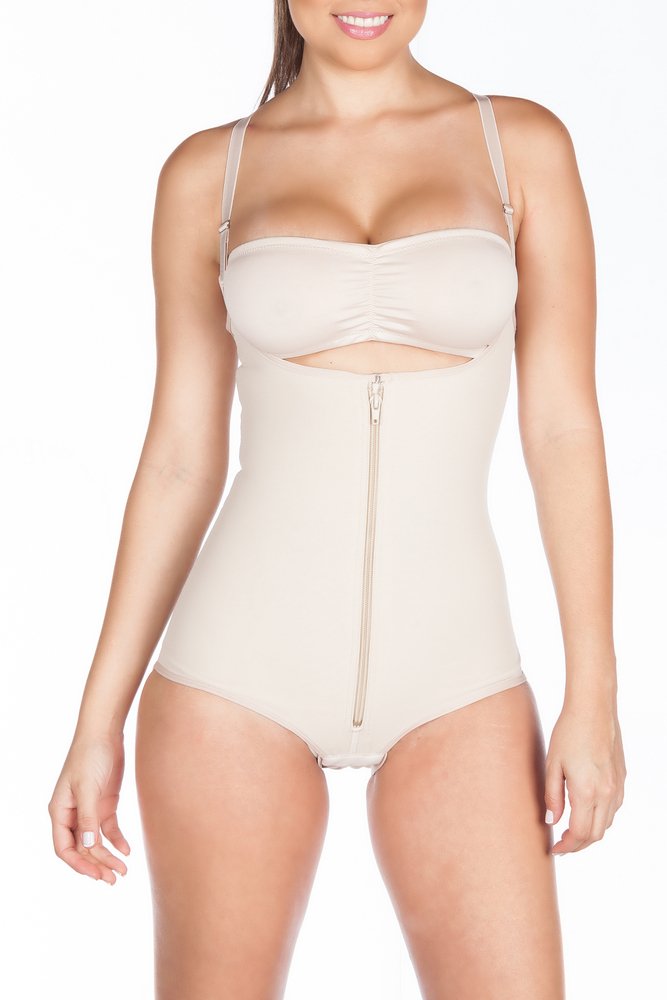
Week 3-4 Is a Transition Phase
After the first two weeks, the stage 1 faja will start to feel a bit loose – this is because the swelling is gradually decreasing. You will need a stage 2 faja at this point – you’ll need to size down. Now that there isn’t as much swelling and pain as before, you will be feeling much better.
Week 5-6 Is When You Are Preparing for Discontinuation
At this point in your recovery, you will likely be able to sleep without a faja, but this is something that should be discussed with a doctor. Don’t make any decisions on your own – visit your doctor for a check-up. They’ll be able to tell if you’ll be able to get rid of the faja in the following weeks. In rare cases, patients need to wear a faja for up to 8 weeks.
Beyond Week 6 Is When You Are Ready to Leave Faja Behind
After week 6, the swelling will be well reduced and there won’t be much pain. You will be able to take off your faja and continue recovery without it. Keep in mind that, when you leave your faja behind, that doesn’t mean you are fully recovered from your surgery. Recovery will last for a bit longer, but you will feel mostly fine at this point.
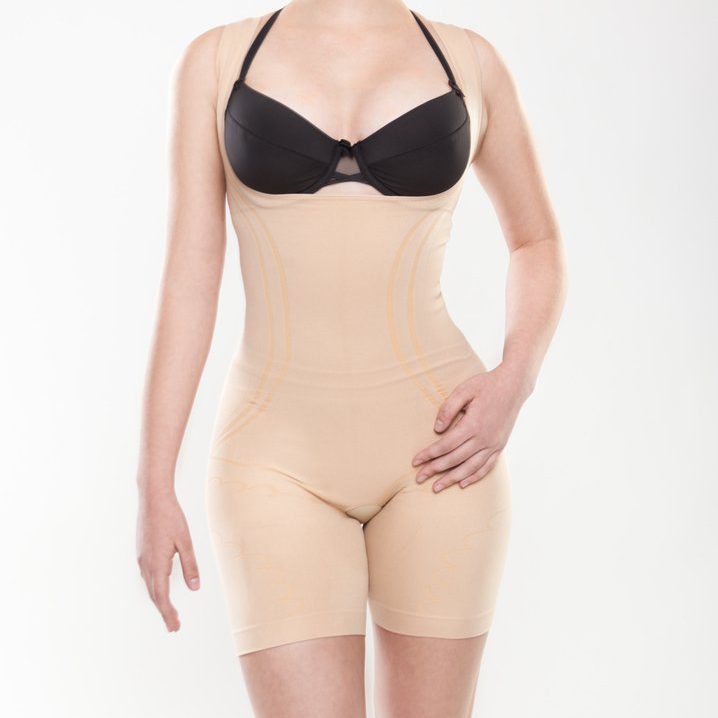
Get Navanah’s Faja and Your Recovery Will Be Seamless
You deserve the best fajas for your recovery, and that’s exactly what Navanah has to offer. Our Miami-based company manufactures fajas in Colombia. We use top-quality, breathable materials that will make you feel comfortable and supported. With us, efficient recovery is guaranteed – check out our collection and choose the right faja for you!
References
- Fajas Colombianas CF – THE GUIDE TO FAJAS AND PLASTIC SURGERY RECOVERY
- Dr. Rebecca Wyten – Wearing a Compression Garment After Tummy Tuck or Body Surgery
- Dr. Beldholm – Complete Guide to Wearing Compression Garments After Surgery




